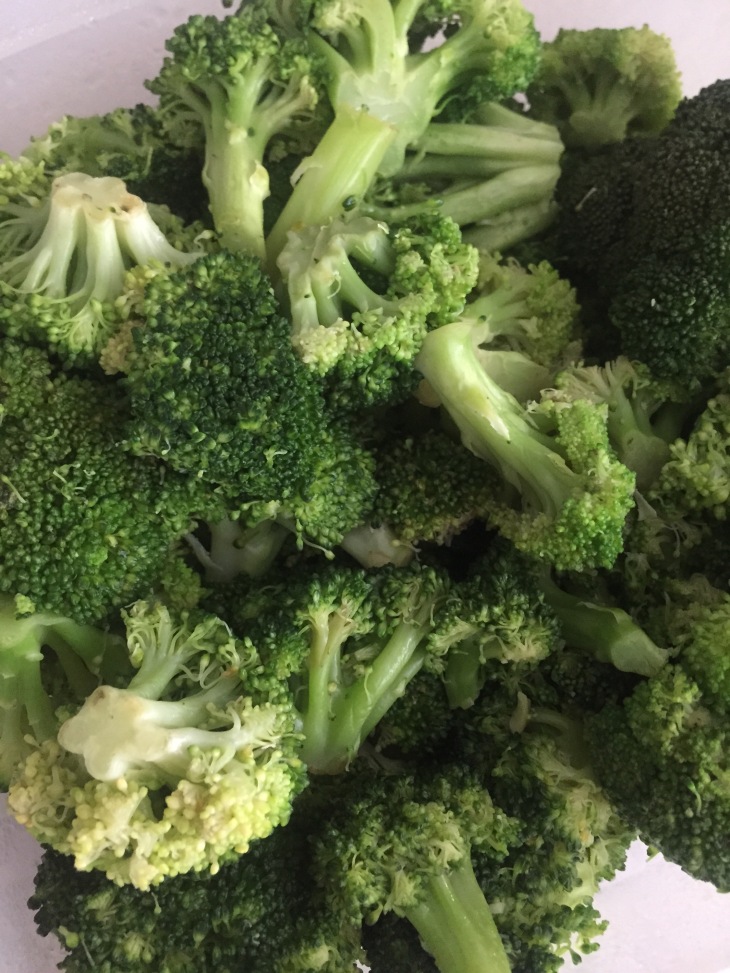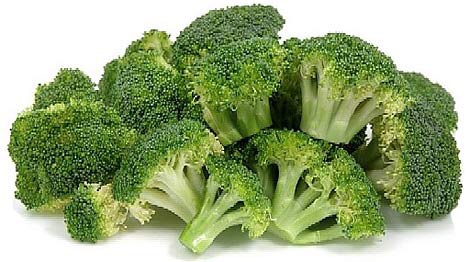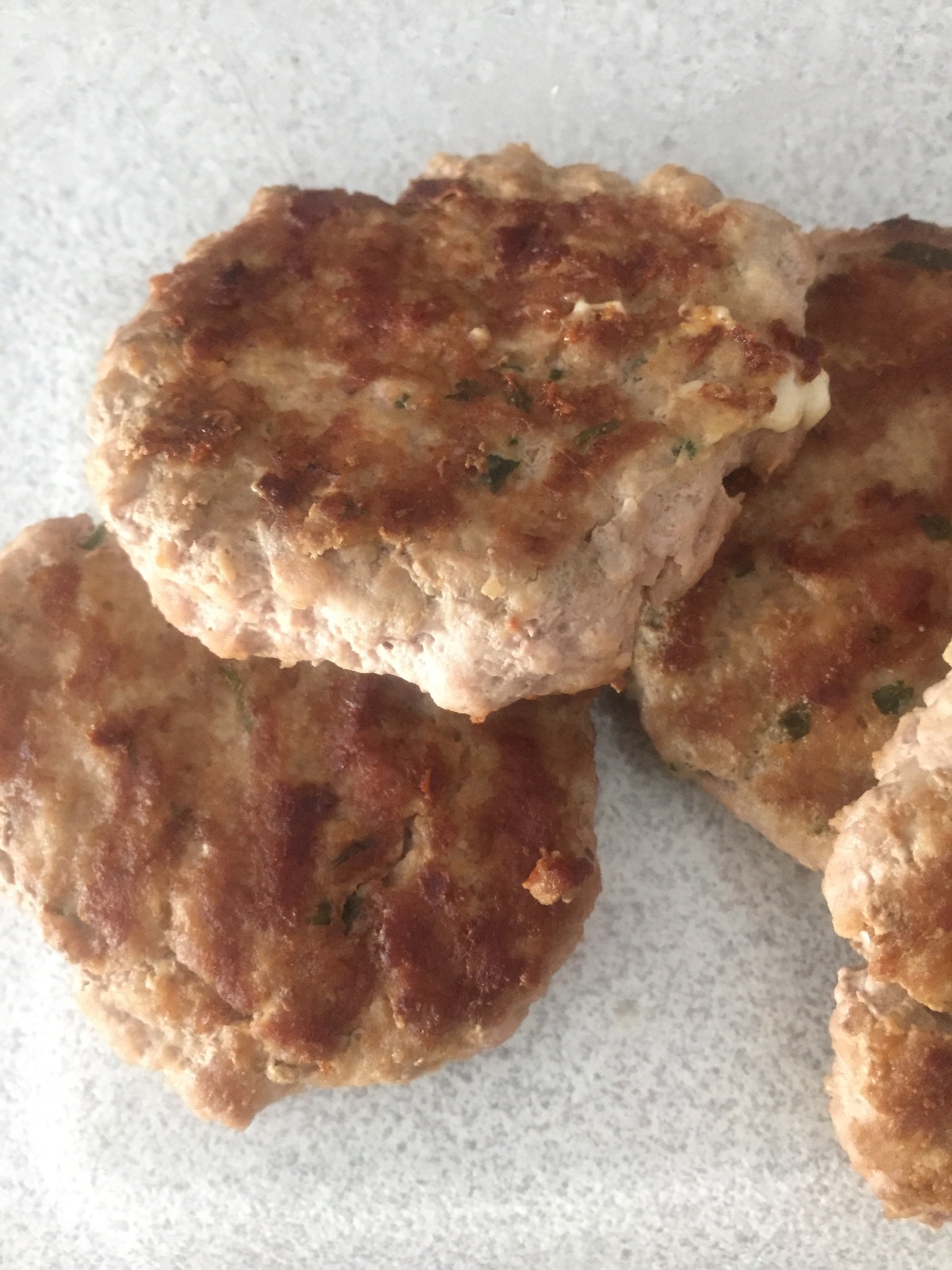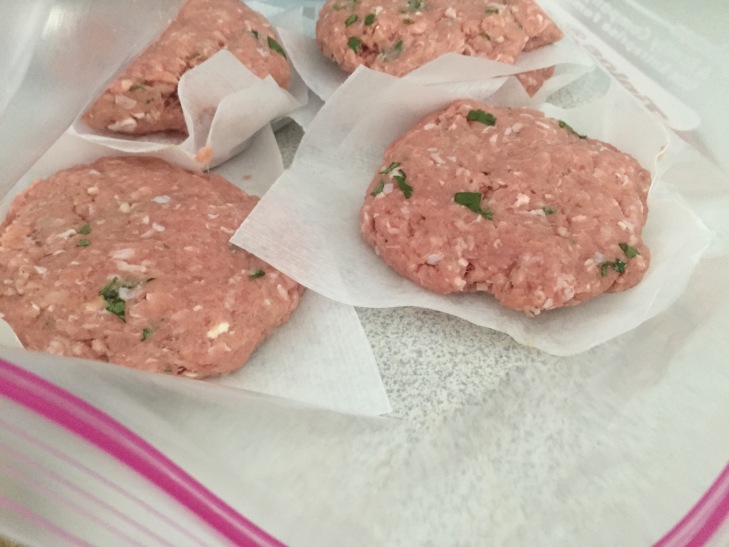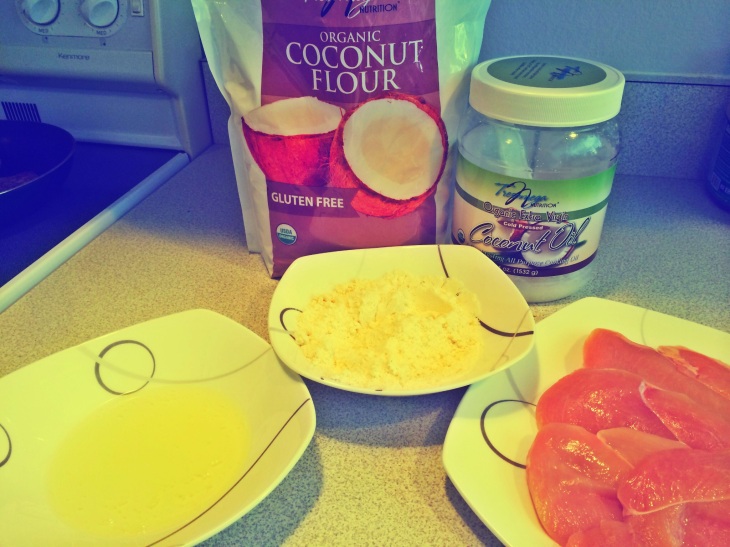Hi guys,
“all natural”, “whole grains”, “fat free” and more are labels that we see every day at the grocery stores but what does it really mean?
Be aware of what the manufacturers put on their box and read the labels before you buy, you will be surprised! They want to get your attention and get you to buy their products under very poorly regulated guidelines, here is what you really need to know!
“Natural”

The word “natural” is not regulated by the FDA and is very misleading. “natural” brings to mind thoughts of fresh, minimally processed and healthy foods, but it means nothing about a food’s nutritional content, ingredients, or health effects. Almost all packaged foods are processed in some way.
Natural potato chips will use real potatoes (instead of flakes) but like regular potato chips, they are still a high-fat food choice with little nutritional content.
Natural candy may be sweetened using cane juice (instead of white sugar), but it can still contribute to weight gain when eaten in excess.
“Made with Real Fruit” and “Contains Real Fruit Juice”

You see “made with real fruits” on fruit snacks, cereals, and fruit drinks. There is no law that requires how much real fruit has to be in a food that uses this claim, the sugary treat could contain just one blueberry or one drop of fruit juice to be accurate.
When high fructose corn syrup and/or sugar are listed as the first ingredients, you know that the “real fruit” content of the product isn’t significant. This is sugary junk food that is trying to masquerade as healthy fruit drinks.
“Whole Grains”

This is one of the most popular marketing claims and definitely the most confusing. Today we see “whole grain” logos on almost all products, including most sugary cereals.
In reality, refined and highly bleached white flour with a touch of whole wheat added in can be listed as “whole grain.”
Food manufacturers can by law use the term “whole grain” no matter how much whole wheat the product contains.
- “Made with Whole Grains”: All it needs is one tiny bit of whole grains to use this claim, which means nothing for your health benefits.
- “Wheat flour” or “100 percent wheat”: Again, this is a ploy that tries to fool consumers. You want to look for “whole wheat flour” not just the word “wheat.”
- “Multigrain”: This doesn’t explain if the grains are refined or whole, just that there is more than one type of grain. Multigrain has no proven health benefits, especially if all those grains are refined, and they probably are.
- “Whole grain”: This term is also misleading, because whole grains can contain various blends of grains that are refined. You want to avoid words like enriched and bleached on the ingredients label, only trust the term “100 percent whole grain” to be the healthier choice.
When it comes to grain-based foods, you can’t trust the words on the front of the package.
Look at the ingredients list every time, looking for keywords like “whole wheat flour” to be FIRST on the list.
Additives like sugar and CORN SYRUP shouldn’t appear in the top of the ingredients list of a so called healthy food.
Be aware that manufacturers won’t necessarily call their processed flours “refined” on the label. Anything that is listed as corn, rice, wheat, or oat flour IS processed and refined unless it specifically tells you that it is “whole”.
“Fat Free”

“Fat free” food labels may also make you believe these are healthy selections. Sometimes this can be helpful especially when choosing skim milk over higher fat varieties. But read the labels, when a meat label announces 90% fat free, it sounds like a healthy choice since only 5 percent of it is fat. But fat contains a lot of calories, so check out the nutrition facts label for the actual number of calories and fat grams per serving, especially if you are trying to lose weight!
“Zero Trans Fats”

Thanks to recent media attention, you surely know that trans fat are really bad for you!
Experts recommend that we avoid trans fats, which are created when oils are hydrogenated (combined with hydrogen) during food processing. But you can’t trust a product’s claim of zero trans fats, nor can you trust the nutrition facts label on this one.
If the words “partially hydrogenated” appear in it at all, then the food DOES contain trans fats. But thanks to labeling guidelines, any food that contains 0.5 grams or less of a nutrient can be listed as zero grams on the nutrition facts label…Just stay away!
I hope this helps you navigate your supermarket aisles better and gives you an idea of what the manufacturers are trying to accomplish by flashing these purely false labels in front of you!
Have a great day!
Ciao for now
Follow me Facebook twitter and Instagram
